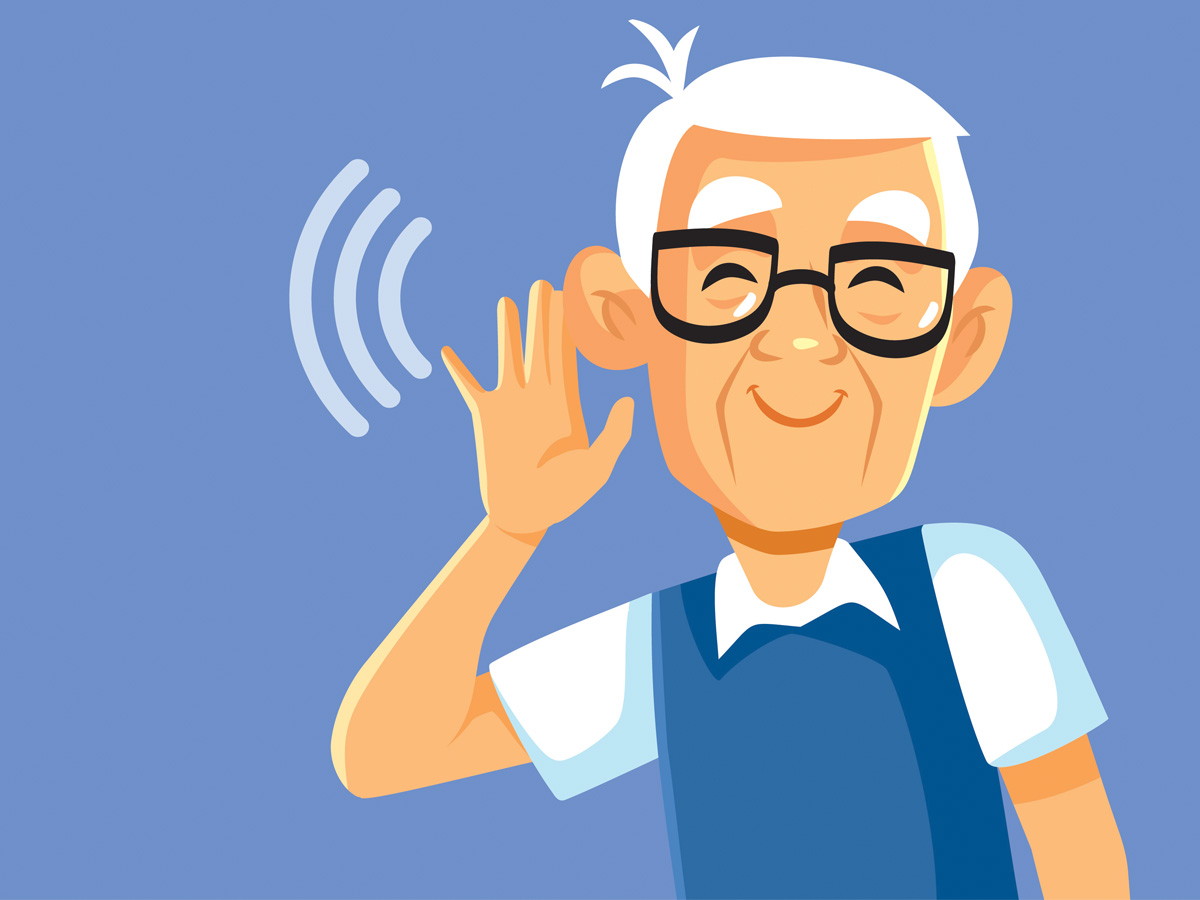The disability spectrum is vast, and people living with disabilities are so much more than their disability. They are active parents, athletes, gardeners, snow shovelers, gym goers, and paddlers. Their reasons for seeking massage therapy care can be broad and varied:
1) Relief of joint and muscle-related pain.
2) Support for tension and increased tone in muscles or in muscles that are prone to spasm
3) Addressing the physical symptoms of neurological conditions such as increased muscle activity (spasm or contracture) or decreased muscle activity (atrophy or loss of strength).
An individual may also be seeking care for concerns that are adjacent to their disability: use of canes and other mobility devices may cause neck and shoulder tension, changes in gait might lead to low back tension, or holding a leash or harness of a service animal might result in some shoulder tension.
Patients in a healthcare system that is also frequently under strain can feel rushed in their interactions with healthcare providers. Many massage therapy patients appreciate the unhurried interaction they can have with their RMT in private 1 hour appointment. This time allows for deeper conversations can often lead to unique solutions that may have been overlooked, or solutions that are driven by the ability to connect symptoms in more meaningful ways. These interactions can allow a patient to return to their primary care provider with more detailed questions or a clearer idea of how to ask for what they need.
In addition, I’ve been told its simply refreshing for a person to attend a medical appointment where their disability isn’t the reason they are there and to be attend to their body in a way that feels caring and relaxing.
So, what should you look for in an RMT?
First and foremost, is the provider Registered and/or Regulated? In Canada, there are five provinces that regulate massage therapy: British Columbia, New Brunswick, Newfoundland and Labrador, Ontario, and Prince Edward Island. This means that those providing massage therapy in these provinces have passed a minimum competency exam and must abide by regulations set out by the regulator. These regulations include things like maintaining insurance, participating in continuing education, and being listed in a public directory that alerts the public to any disciplinary issues.
Seeking care from an RMT means that should you be harmed by the provider in any way, there is an overseeing body you can go to for recourse. Most insurance companies will only reimburse the cost of treatment from a Registered Massage Therapist. If you live in an unregulated province, there are associations that many massage providers belong to, which may impose similar requirements on their members. However, be aware that the associations are working for their members and not for the public, so be sure to do some research when considering who to see.
Is their space accessible for my needs?
These needs vary patient by patient but might include:
• Are there stairs?
• Is there an elevator?
• Is there accessible parking?
• Is the space accessible for my mobility aids?
• Is the treatment space well-lit?
• Is the space cluttered?
These questions may be answered by visiting the RMTs website, but if you are uncertain, call or email for clarification. Here are also some massage therapy specific questions you can ask such as:
• Do you have an electric lift table?
• These tables can be lowered and raised with a pedal, making getting on and off a table much easier if you need to do a wheelchair transfer or use an aid to move from sitting to standing and vice versa.
• Do you work alone?
• If you need assistance with transferring to the massage table and feel safest with that being a two-person job, finding an RMT in a clinic with multiple providers will ensure there will always be an extra set of hands.
• Do you have a scent-free or scent-reduced policy?
• Some RMTs are careful about the products they use to launder linens, and some RMTs incorporate scented products into their treatments. If chemical sensitivity is an issue for you, knowing what kind of office you might be walking into will be very helpful.
Rising costs of care
The additional costs related to living disability can be challenging, even if you have access to extended health care benefits. Twenty years ago, when I finished university and started working full-time, a sixty-minute massage therapy appointment cost $65 (in Toronto), and my benefits covered $600 per year. Today, according to the Registered Massage Therapists’ Association of Ontario’s 2024 fee survey, the average cost of a sixty-minute appointment in Toronto is about $120, and most insurance companies continue to cover only about $600 per year.
Patients with chronic conditions tend to exhaust their extended benefits quickly, leaving them to privately cover additional appointments. Many RMTs offer sliding scale fee options and some have some pay-what-you-can appointments. The burden of proof to access these options varies from provider to provider, from evidence of financial hardship to no questions asked. Check their website for details and email a prospective provider if you are unsure.
Note that many RMTs are also tightening their cancellation policies and moving to a ‘no exceptions’ policy; if you need to cancel an appointment on short notice, you will be charged the full fee. Be sure to read the policies carefully, as those with chronic conditions and unpredictable symptom patterns may be penalized more by these new stricter policies.
Communication matters
When choosing any healthcare provider, good communication skills are top of the list for most patients. Call or email a potential RMT and ask questions. Many will offer a short, 15-minute introductory call that can help you determine if that provider is a good fit. You’re looking for someone who listens, considers the issues you have brought forward, and asks good questions. You should be looking for an “enthusiastic yes”. This could take a few different forms:
• The RMT can accommodate you and they’re happy to see you.
• The RMT needs a bit more information from you to see if they can meet your needs.
• The RMT acknowledges some barriers but is quick to offer solutions.
• The RMT can’t meet your needs, but they would love to help you find someone that can.
An example from my practice: I have a few Deaf patients. Recently my office building has secured the main entrance, and my patients must now use an intercom to call me and have me open the door remotely. The intercom is audio only and therefore not accessible for these patients. To accommodate these patients. I was able to offer a few solutions: Use the intercom to dial my office, say nothing, and I will open the door for you because I am expecting you, or text me when you arrive, and I will come down and open the door for you. Likewise, the secured entrance is not connected to an auto door opener, which may make it difficult for some to use the front door. It is easy for me to offer the same personalized solution of meeting them at the front door to let them in.
The right RMT is the one who listens to your concerns, addresses them, offers a variety of solutions, and ultimately wants to see you receive care from the person who will be perfect for you, even if that person isn’t them
Terri Rowan is an RMT with a practice in Guelph, Ontario.
Putting Massage Therapists on the team
In 2023, the Registered Massage Therapists’ Association of Ontario (RMTAO) helped launch a pilot project integrating two RMTs into the primary care practice at West Toronto Community Health Services. The response from the participating patients was overwhelmingly positive with:
• 83% of participants reported improved health and well-being in new and unique ways.
• 81% reported less pain after receiving care.
• 75% reported reaching their goals faster.
• 61% reported taking less pain medication.
Photo: iStock











